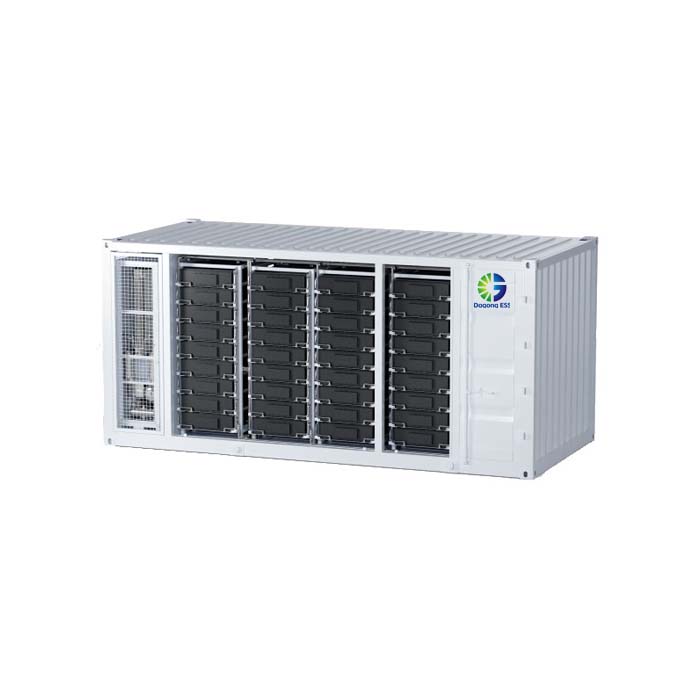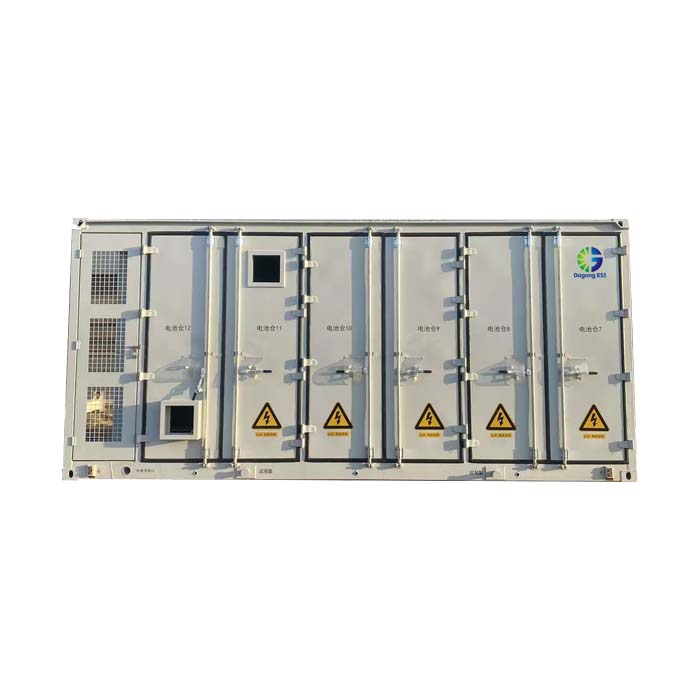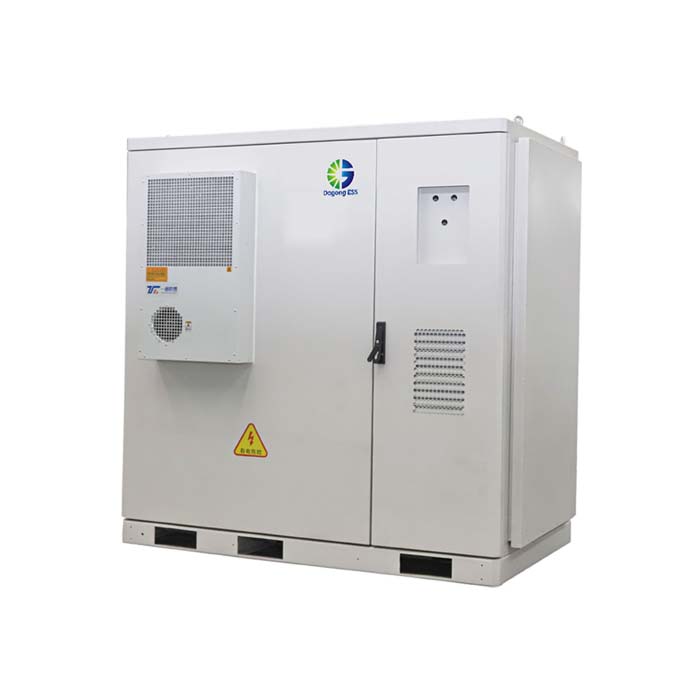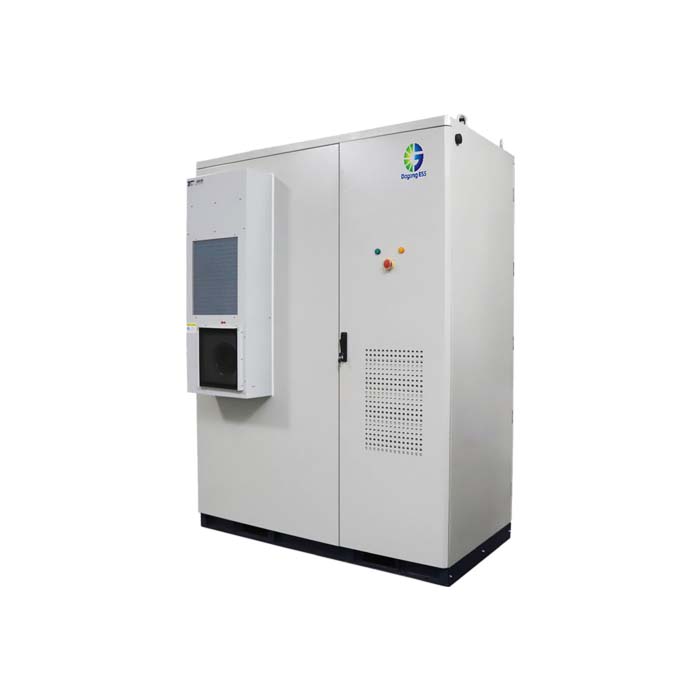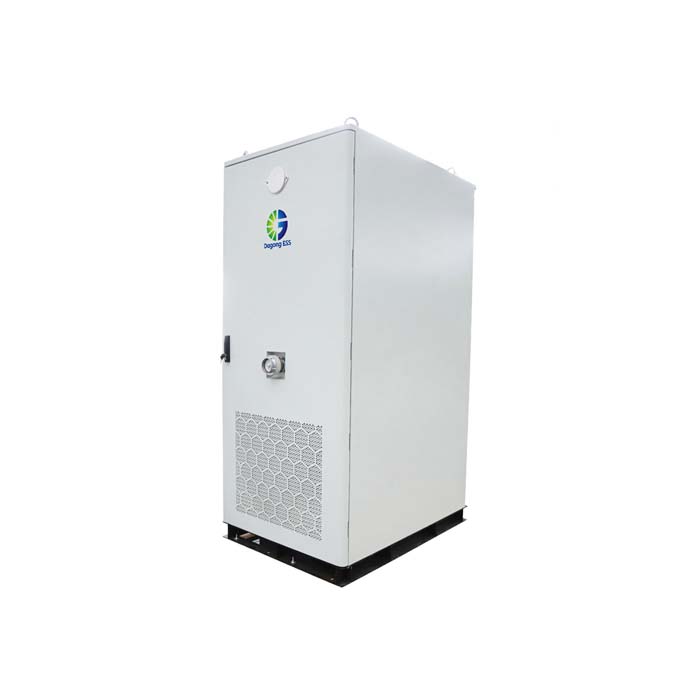What is the Differences Between PV Inverters and Energy Storage Inverters
What is the Differences Between PV Inverters and Energy Storage Inverters?
As solar power technology continues to advance, the photovoltaic (PV) industry has gained increasing prominence in the global energy sector. With a strong focus on core technologies, supply chain optimization, and R&D investment, the PV industry has achieved rapid growth across its entire value chain. Among its key components, PV inverters and energy storage inverters play critical roles in solar power plant infrastructure. Despite both being inverters, they differ significantly in design, application, and performance. This article explores their distinctions in detail.
Definitions and Working Principles
A PV inverter is an electrical device that converts direct current (DC) into alternating current (AC), primarily used in solar power systems. Its core function involves transforming the DC electricity generated by solar panels into AC power for residential or industrial use. The device includes DC/DC boost components, DC/AC inversion modules, communication interfaces, and control units. However, its power conversion is unidirectional—feeding electricity into the grid or supplying loads. Without a grid connection, a PV inverter cannot operate independently.
An energy storage inverter, on the other hand, not only converts DC to AC but also stores excess energy in batteries for later use. It supports bidirectional power flow, enabling both grid-tied and off-grid operations. This means it can feed solar-generated power into the grid, charge batteries from either solar panels or the grid, and supply critical loads during grid outages.
Applications
As solar and energy storage technologies advance, inverters play a crucial role in optimizing renewable energy systems. DagongESS, integrates PV inverters and energy storage inverters into its systems to enhance efficiency, reliability, and grid independence. Below is an analysis of their real-world applications.
Residential Solar + Storage Systems
Application: Homeowners use DagongESS hybrid inverters to combine solar generation with battery storage, enabling self-consumption and backup power.
PV Inverter Role: Converts solar DC power into AC for household use or grid export.
Energy Storage Inverter Role: Stores excess solar energy in batteries (e.g., DagonESS LiFePO4 batteries) for use at night or during outages.
DagongESS Solution:
Hybrid Inverter (PV + Storage): Supports both solar input and battery management in one unit.
Smart Energy Management: Optimizes solar self-consumption, reducing grid dependence.
Benefits:
Lower electricity bills via peak shaving
Backup power during blackouts
Seamless integration with DagonESS battery systems
Commercial & Industrial (C&I) Energy Storage
Application: Factories, office buildings, and microgrids use DagonESS containerized storage systems with high-capacity inverters for demand charge management and renewable integration.
PV Inverter Role: Converts large-scale solar farm DC power into grid-compliant AC.
Energy Storage Inverter Role: Manages battery charging/discharging for load shifting and grid services.
DagongESS Solution:
Grid-Tied & Off-Grid Capability: Supports both grid-connected and standalone operations.
Multi-Mode Operation: Time-of-use (TOU) optimization, UPS backup, and frequency regulation.
Benefits:
Reduced demand charges for businesses
Stabilizes grid power in industrial parks
Compatible with DagonESS 500kWh+ containerized storage
Utility-Scale Solar + Storage Plants
Application: Large solar farms pair DagonESS central inverters with battery storage to smooth renewable fluctuations and provide grid stability.
PV Inverter Role: Converts massive solar DC into high-voltage AC for transmission.
Energy Storage Inverter Role: Enables fast-ramping battery dispatch for grid balancing.
DagongESS Solution:
High-Efficiency Inverters (98%+): Minimizes energy loss in utility-scale projects.
Black Start Capability: Restores power without external grid support.
Benefits:
Enhances renewable energy penetration in grids
Provides ancillary services (frequency regulation, voltage support)
Integrates with DagonESS MWh-level battery storage
Operational Modes
PV inverters operate similarly to conventional inverters but must synchronize with grid voltage and frequency, delivering power in current-source mode. They also incorporate advanced features like Maximum Power Point Tracking (MPPT), anti-islanding protection, fault ride-through, and data logging.
Energy storage inverters combine functionalities of traditional inverters and bidirectional converters. They can harvest energy from renewables, store it in batteries, and discharge it as needed. A Battery Management System (BMS) ensures safe charging/discharging by regulating voltage and current parameters.
Performance Metrics
PV inverters prioritize:
Efficiency (typically >90%) to minimize conversion losses.
Power density (1.5–3.0 W/cm²) to meet output demands.
Protection rating (≥IP54) for durability against environmental factors.
Energy storage inverters emphasize:
Response speed to adapt swiftly to load changes.
Conversion efficiency for optimal charge/discharge cycles.
Energy density to maximize storage capacity.
Price of Inverter
The price of PV inverters and energy storage inverters varies depending on system capacity, technology, and manufacturer. On average, you can expect prices to range from a few thousand dollars for smaller systems to hundreds of thousands for large-scale industrial or utility-scale setups.
It's essential to note that the final cost will also depend on factors such as quantity, shipping costs, installation, and maintenance services. For a precise quote tailored to your specific needs, it's recommended to reach out to a reliable supplier like Dagong ESS.
Why Choose DagongESS Inverter Solutions?
Seamless Compatibility: Designed to work with DagongESS battery systems for plug-and-play deployment.
Smart Energy Management: AI-driven optimization for max ROI.
Scalability: From home systems to grid-scale storage.
If you are looking for a PV inverters and energy storage inverters solution, or if you would like more technical details, feel free to reach out to us. You can contact us via email at sales@dagongess.com or visit our "Contact Us" page for more information. We are always ready to assist you with your energy storage requirements.



